TikTok Shop Raises Seller Fees Across Europe as Platform Pushes for ‘Content-Driven Commerce’ Expansion
Reading Time: 3 minutesTikTok Shop is raising its sales commission for merchants across five active…
In the fast-paced world of online shopping, where options are plenty and rivals are many, pricing strategies are absolutely crucial. Especially on platforms like Google Shopping, where there’s a sea of options, being smart about your prices can really make your products stand out.
Adaptation to Market Changes – Regularly adjusting pricing strategies based on market trends and competitor activities allows your business to stay adaptable and responsive to changes in consumer behavior.
Therefore, continuous monitoring and strategic adjustments of Google shopping pricing are essential to ensure alignment with evolving market dynamics and ever-shifting consumer expectations.
Boosting product visibility through effective Google shopping pricing strategies involves a strategic approach.
Segmentation, dynamic pricing,value-driven pricing, and strategically planned promotion are some of the key elements to consider to enhance your product’s presence in the highly competitive online landscape.
Tailor your pricing strategy based on audience segments.If your product catalog includes both premium and budget-friendly items, create distinct pricing strategies for each segment. Highlight the value propositions unique to each group.
Premium items could emphasize superior quality, while budget-friendly options may emphasize affordability.
Pricing Strategy – The premium headphone line is positioned as a high-end audio experience, with prices reflecting the superior quality, advanced features, and cutting-edge technology.
Pricing Strategy – The budget-friendly headphone line is strategically priced to appeal to a broader audience seeking quality audio without a hefty price tag.
Cost-plus pricing involves setting the product price by adding a markup percentage to the production cost. The markup typically includes both variable and fixed costs, providing a profit margin.
If a retailer sells electronic gadgets and the production cost of a particular item is $50, and they decide on a 30% markup, the final price on Google Shopping would be $65 ($50 + 30%).
While cost-plus pricing is straightforward, it’s essential to ensure that the resulting price is competitive in the Google Shopping marketplace, where similar products are often compared based on pricing.
Value-based pricing sets the price based on the perceived value of the product to the customer. This strategy focuses on what the customer is willing to pay rather than the cost of production.
If a retailer sells high-end cameras with advanced features and exceptional image quality, the price could be set higher compared to cameras with standard features, reflecting the premium value.
Understanding the target audience and effectively communicating the unique value proposition is crucial. Product descriptions and ad copy on Google Shopping should highlight the distinctive features that justify the higher price.
Dynamic pricing is the practice of adjusting prices in real-time based on various factors such as demand, competitor pricing, and market conditions. It allows for flexibility and responsiveness to changes.
During a peak shopping season or in response to a competitor’s promotion, a retailer may adjust the price of a product on Google Shopping to remain competitive or capitalize on increased demand.
Implementing dynamic pricing on Google Shopping requires monitoring competitor pricing, market trends, and setting rules for automated adjustments to ensure competitiveness without sacrificing profitability.
IKEA, the global furniture retailer, is known for its cost-plus pricing strategy. It determines the price of its furniture by considering production costs, transportation, and operational expenses, and then adds a fixed percentage as a markup.
Implementation: The cost-conscious approach allows IKEA to offer affordable yet stylish furniture. Customers appreciate the transparency in pricing, and the strategy has contributed to IKEA’s global success.
Apple is a prime example of value-based pricing. Apple positions its products as premium, emphasizing design, innovation, and a seamless user experience. The prices of iPhones, MacBooks, and other devices are set at a premium compared to competitors.
Implementation: Apple’s brand perception and the perceived value of its products contribute to a strong customer willingness to pay a premium. The company’s success lies in creating a sense of exclusivity and superior quality.
Amazon, the e-commerce giant, is a master of dynamic pricing. It adjusts prices in real-time based on factors like demand, competitor pricing, and inventory levels. Amazon employs algorithms that continuously analyze market conditions and user behavior.
Implementation: During peak shopping seasons like Black Friday, Amazon dynamically adjusts prices to remain competitive. Additionally, it uses personalized pricing based on individual user behavior and purchase history to optimize conversion rates.
In the dynamic realm of online retail, the CedCommerce Google Feed app emerges as an indispensable tool for Google Shopping sellers. This app streamlines the optimization of product data, offering sellers a user-friendly interface coupled with comprehensive features to enhance their listings.
Monitoring competitors’ pricing strategies is a proactive and strategic practice that empowers businesses to make informed decisions, optimize their pricing, and maintain a competitive edge in the marketplace.
By staying aware of competitors’ pricing, you can adjust your own prices to enhance customer loyalty and satisfaction.
Utilize price tracking tools like Price2Spy, Prisync, or TrackStreet to monitor competitors’ pricing in real-time. These tools provide insights into price changes, promotions, and overall pricing trends.
Employ web scraping tools or services to extract pricing data from competitors’ websites. Custom scripts can be designed to collect specific data points, helping you gather comprehensive insights.
Leverage platforms such as Competitor Monitor, Wiser, or Kompyte, which specialize in gathering and analyzing competitor pricing data. These platforms often offer advanced analytics and reporting features.
Conduct market surveys and employ mystery shopping techniques to gather firsthand information about competitors’ pricing. Direct interaction with competitors’ sales channels provides valuable qualitative data.
Effective pricing strategies stand as the linchpin for online sellers aiming to thrive in the competitive digital marketplace. From dynamic pricing to strategic adjustments based on competitor analysis, each tactic is a powerful tool in the hands of savvy online retailers.
By embracing the updated and sophisticated pricing strategies outlined here, online sellers can position themselves not just as participants but as leaders in the Google Shopping arena.

Reading Time: 3 minutesTikTok Shop is raising its sales commission for merchants across five active…

Reading Time: 11 minutesBy now you have seen your BFCM 2025 numbers. The harder question…

Reading Time: 3 minutesAbout the Brand Name: Vanity Slabs Inc Industry: Trading Slabs- Vanity Slabs…

Reading Time: 2 minutesAbout the Brand Name: Ramjet.com Industry: Automotive Parts & Accessories Location: United…
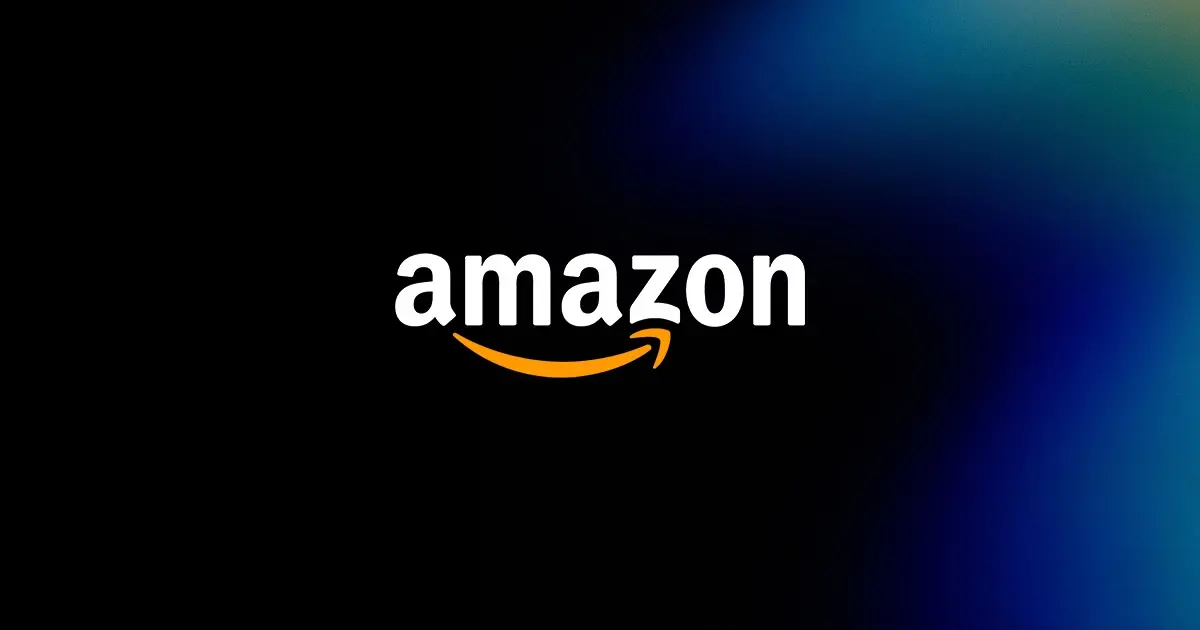
Reading Time: 2 minutesAmazon is rolling out strategic referral fee reductions across five major European…
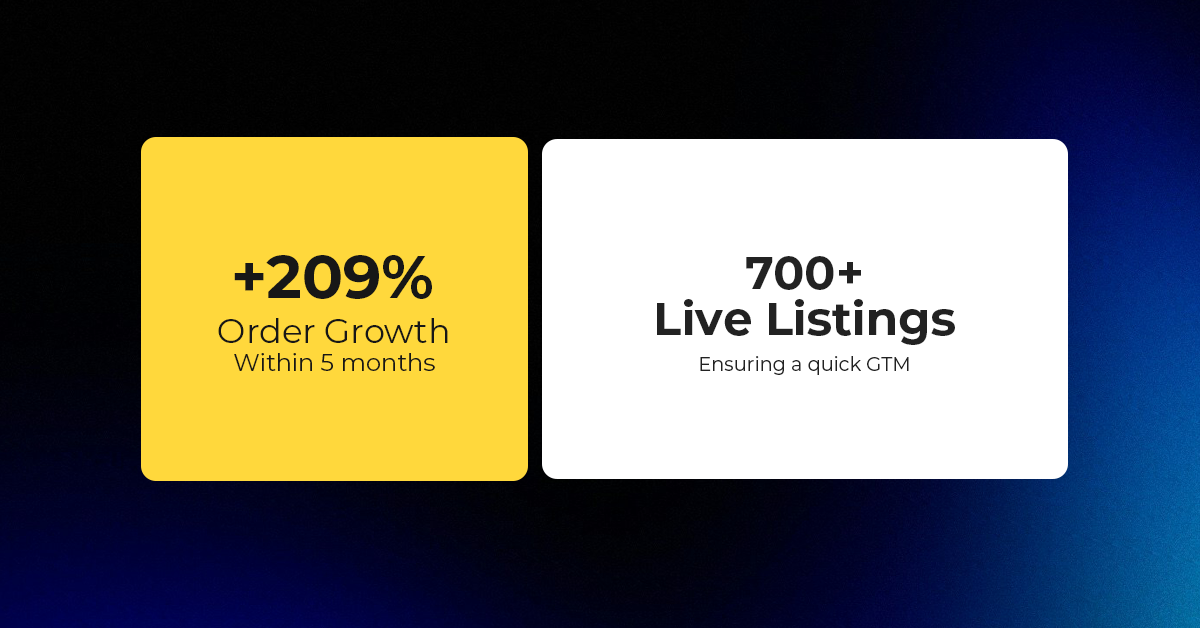
Reading Time: 4 minutesQuick Summary: Scaling Lifestyle Powersports on eBay with CedCommerce Challenge: Zero marketplace…

Reading Time: 4 minutesTikTok has surpassed 460 million users across Southeast Asia, reinforcing its position…
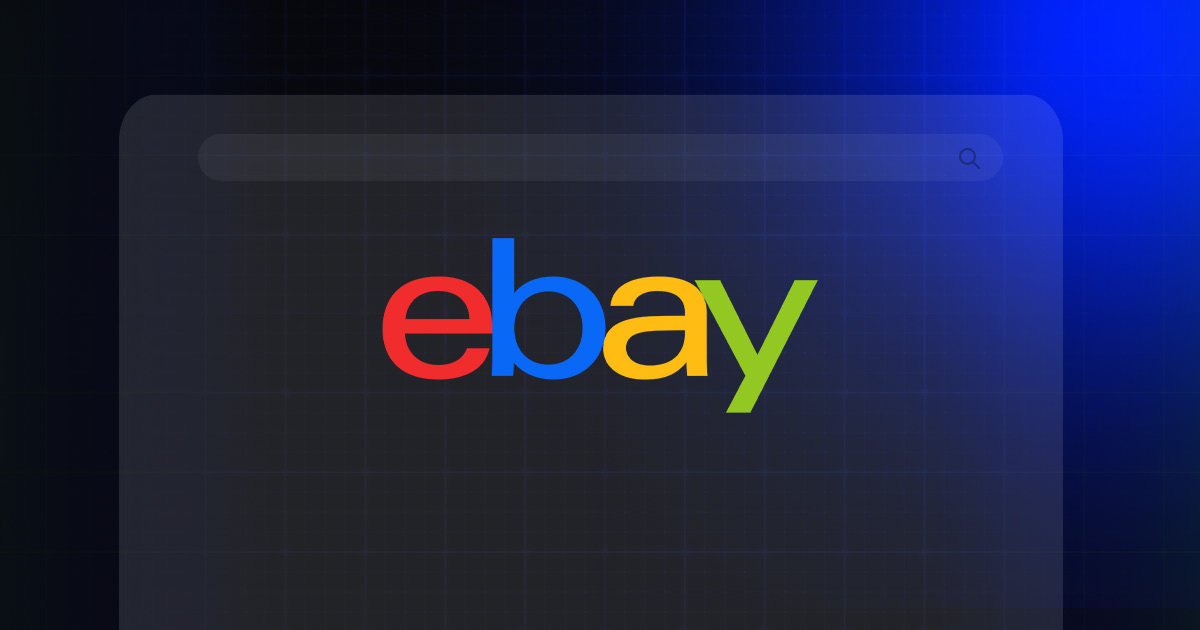
Reading Time: 3 minuteseBay has released its final seller news update for 2025, with a…

Reading Time: 3 minutesAmazon has clarified its stance regarding speculation around a potential breakup between…
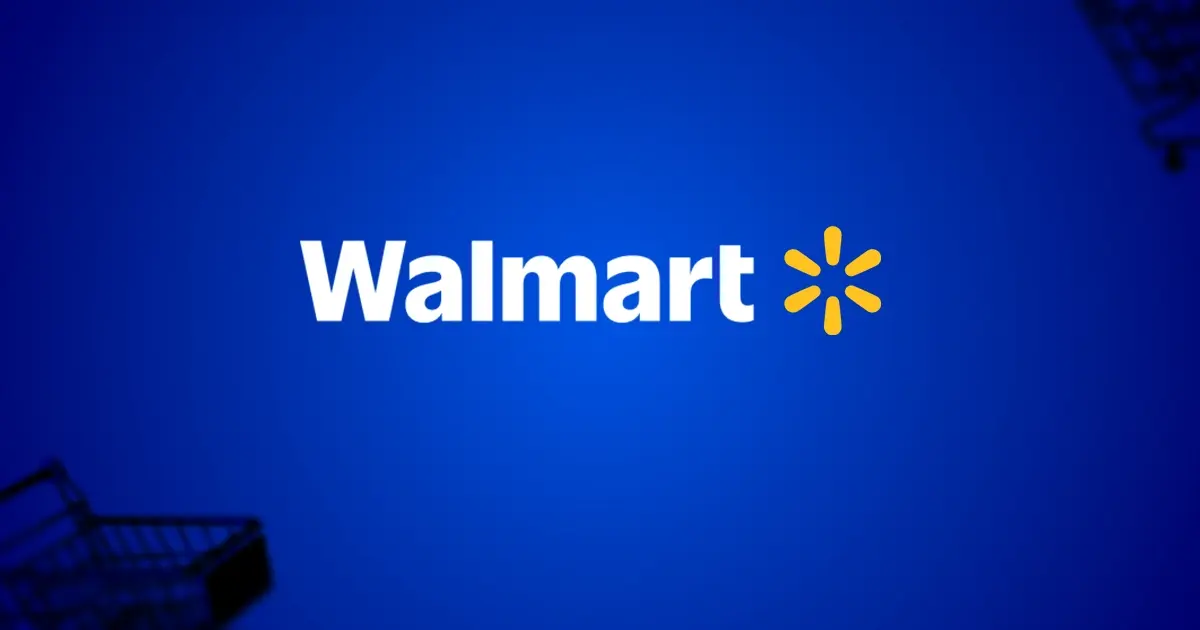
Reading Time: 4 minutesWalmart is accelerating its push into next-generation fulfillment by expanding its drone…

Reading Time: 4 minutesFaire, the fast-growing wholesale marketplace connecting independent retailers with emerging brands, has…

Reading Time: 4 minutesB2B buying in the United States is undergoing a fundamental behavioral shift…

Reading Time: 3 minutesSummary Cyber Monday 2025 has officially become the largest online shopping day…

Reading Time: 2 minutesSummary Amazon kicked off December with two major developments shaping the future…

Reading Time: 2 minutesSummary Walmart has entered December with two major moves that signal a…

Reading Time: 2 minutesBlack Friday 2025 delivered the strongest U.S. eCommerce performance in history, as…
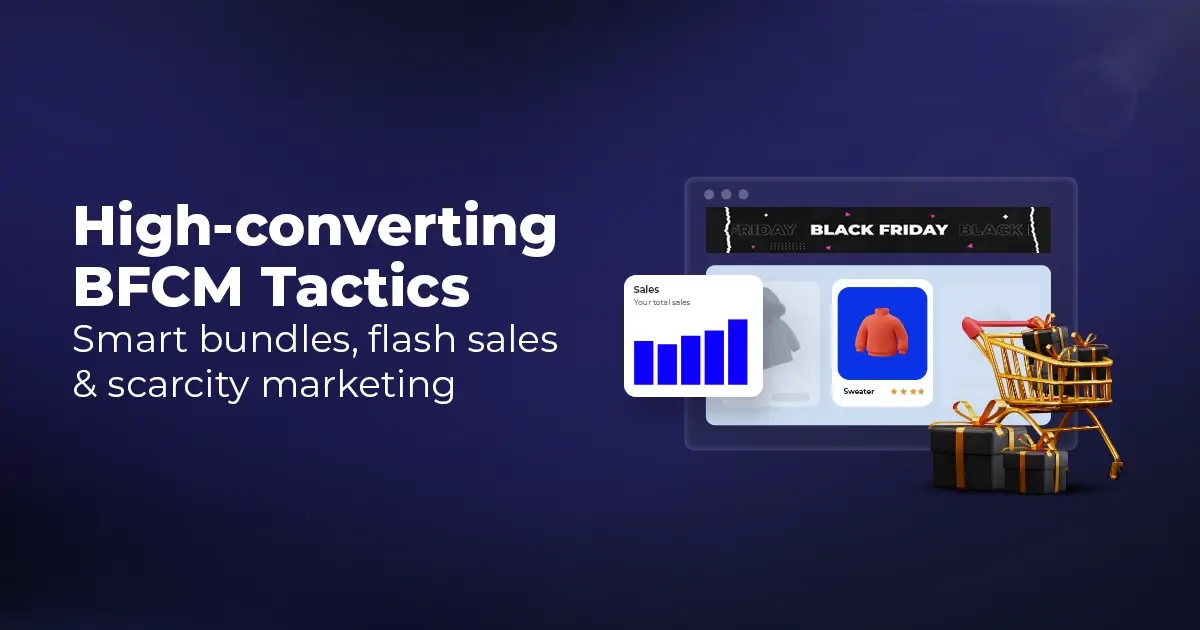
Reading Time: 13 minutesStill approaching BFCM with generic discounts, last-minute price cuts, or scattered promotions?…
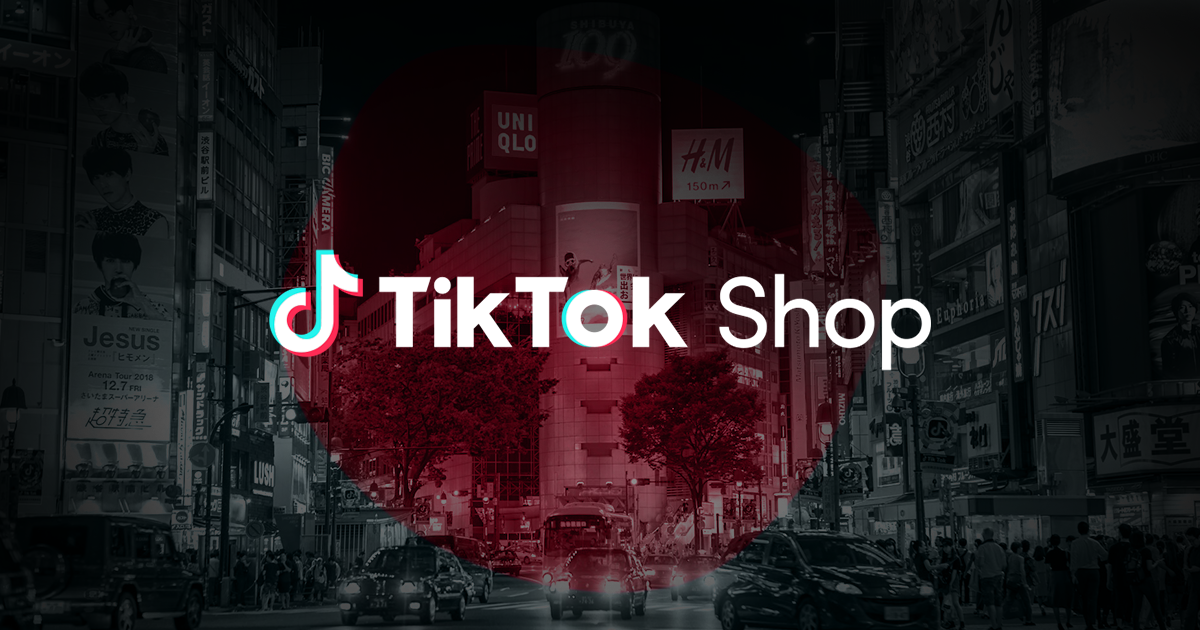
Reading Time: 3 minutesTikTok Shop reached a major milestone during its largest U.S. “Global Black…

Reading Time: 3 minutesOpenAI has announced a new AI-powered shopping research tool designed to help…
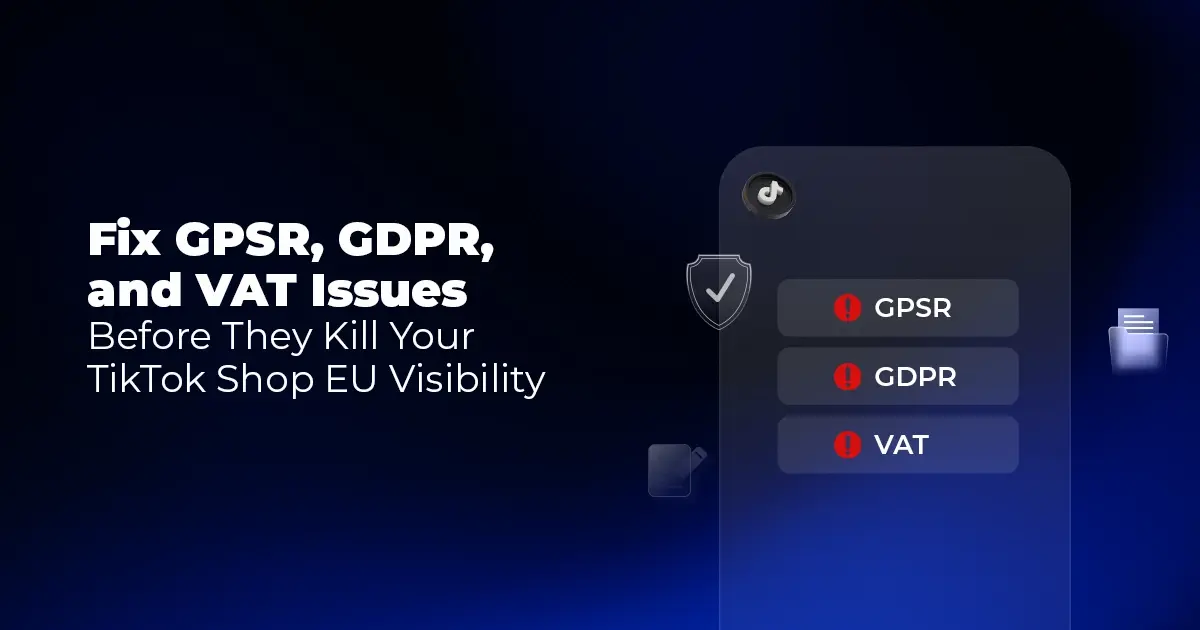
Reading Time: 9 minutesIf your TikTok Shop listings often sit in review or your visibility…